Old Akkadian Cylinder Seal, date to 2294-2270 BC. This is an amazing seal, because it actually confirms something I suspected for a while, but wasn't 100% sure until now: why was the moon god so important to the people from Ancient Mesopotamia...
Here is the seal description:
On the left "a warlike god in slash-skirt, armed with a barrow in the left hand and a mace in his right hand" otherwise known as Ningirsu, Ninurta, the storm, rain god...If you are interested in why archer, check my post "Invisible archer"...
If arrows are shooting down from the night sky, there must be an [invisible] archer standing somewhere up there shooting them out of his bow...
Orionid meteorite shower
Orion
An example of an ancient "scientific" explanation for an annual natural event...
On the right is the god of the source of the fresh water, Enki (Ea) with two streams of water flowing from the shoulders, representing Tigris and Euphrates...If you want to understand why are fish swimming towards Enki, and why he is standing on a calf, read my posts "Adda seal", "Goatfish", "Nanshe", "Foundation peg of goddess nanshe"
Crescent between the gods;
Now that crescent is the symbol of the Mesopotamian moon god Nanna (Sumerian)/Sin (Akkadian) and the main way this god is actually depicted on artefacts: as a recumbent (pointing upwards) crescent moon.
Symbols representing Sin (centre), Ishtar (left) and Shamash (right), as depicted on the upper half of a kudurru of Meli-Shipak II. BTW, Ishtar and Shamash were thought to be Nanna/Sin's children...
When depicted in his anthropomorphic form, Sin was depicted with the crescent either placed on his tiara or atop a standard he held. Like on this 8th Century BC Assyrian limestone stela from Tell Ahmar, Syria, (hopefully still) in the Aleppo Archaeological Museum...
A number of sources attest the existence of a tradition in which Sin was regarded as the sole head of the Mesopotamian pantheon.
Why would a moon god be so important? Well, because sin was not just a moon god. He was the "wet moon" god.
Eeeee what?
Those who have been following me for a while have probably noticed that I have been talking about something called "winter moon" quite a lot. I first talked about it in my post about Mesopotamian ploughing seals "Seven stars of scorpio"
I noticed that all the ploughing seals depicted a crescent moon pointing upwards right above the plough...The main ploughing and sowing was done in Oct/Nov, around the time of the first rains. At the beginning of winter.
I then checked if the angle of the crescent moon depends on the season and...So I proposed that this upward pointing crescent moon was the calendar marker for "winter"...
BTW, the "winter moon was depicted" right next to a scorpion, which because it disappears at the beginning of the cool, wet half of the year, in Oct/Nov, was a calendar marker for the beginning of winter...Talked about it in many posts, for instance "Scorpion king", which asks if Scorpion King actually ever existed? Or is this just a misinterpreted animal calendar marker (scorpion) which marks the time when scorpions go to hibernation, the rains arrive, and the the grain planting season begins?
I again talked about the "winter moon" in my post "Pissing gazelles" about this mad Assyrian wall painting. Because of their mating season which starts in Oct/Nov, gazelles are an animal calendar marker for Oct/Nov, beginning of the rain season...and winter...
The next time I talked about the "winter moon" was in my post "Khafajeh vase", in which I talked about the relief decorating this amazing object, dated to 3000BC, relief which, through a very complex animal calendar, depicts the seasons...
And in this post I said this:
"...The sun is shown next to both the young and the old sun god. As the identification mark. The moon pointing up, which I postulated to mean winter, wet season, is only shown next to the young sun, the one which causes water to flow..."
Young sun
Old sun"...Which makes me wonder if this is moon, which points upward during winter, or vessel which collect precipitation which falls during winter wet season, river bed...Or both...Still thinking..."
Now, with everything that I have learned since about Sirius, and which I presented in my post "Inanna and Sukaletuda", I don't think that this is sun at all. I think that this is Sirius...And this is not a sun god, but Inanna... Also, I am now 100% convinced that the "winter moon" definitely also had a meaning of a "water collecting vessel"...
I then continued talking about the "winter moon" and its symbolic relationship with other winter calendar markers:
Buffalo, in my post "Lions vs buffalos"
Griffin vulture, in my post "Eagle dance"
Ibex goat, in my post "Bull leaping in Syria"
Scorpion, in my post "Angra Mainyu"
Believe or not, when I first proposed that this crescent moon was a symbol for "Oct/Nov", "Winter", "Wet/rainy half of the year" I didn't know who Nanna/Sin was...I know...Mad...Or how important he was, for no (obvious) reason that anyone can think of...
Nanna/Sin was linked to water and fertility...Why? No one seems to know. The only thing I found is "the obvious link between the moon and the tides"...But this really has nothing to do with fertility...Or "springs" with which the moon god was also associated...
In Mesopotamia crescent moon points upwards during the wet season, the season which turns parched, dry wasteland into green pastures needed for grazing cattle...I talked about green pastures and rain gods in my post "Green pastures"...
Funnily, Sin's other main role, apart from being the moon god, was the protector of the cattle. In that role, he was responsible for the growth of the green pastures 🙂. Of course no one knows why...
Anyway, here he is, on this bronze plaque from Mesopotamia, dated to 500 - 400 BC, depicted with bull horns "because crescent moon pointing upwards resembles horns"...
His association with cattle and with dairy products is reflected in his nicknames Abkar, "shining cow", and Ablulu, "the one who makes the cows abundant"...
He was also associated with wild grazing animals inhabiting steppes, especially ibexes and gazelles (both animal calendar markers for the start of the wet half of the year).
He was also connected to the pastoral god Tammuz, who was the consort of his daughter Ishtar...
Nanna/Sin was seen as a herdsman in astral context, with stars being poetically described as his herd.
But interestingly, the term "heavenly cows full of heavenly milk" was also used for clouds full of rain...So he could have also been seen as herding the rain clouds...
I talked about heavenly cows in my posts "Lords of divination", "Holy cow", "Michael from Pavia"
This is really cool: Sin was also linked to fertility and pregnancy of the animals, especially women and cows. Middle Assyrian seal found at Samsat, depicting the moon god in a boat, holding a crescent standard and an omega symbol, connecting him with conception and childbirth...
This "omega" symbol is otherwise known as the hairdo of Hathor, "The Holy Cow" from Egyptian mythology, who was directly linked with water and fertility...I talked about Hathor in my posts "Holy cow", "White calf", "Cow and calf ivory", "Lotus and papyrus"
BTW, the reason why Nanna/Sin was often depicted in a crescent shaped boat, is because he marked the wet half of the year, Oct/Nov-Apr/May, the time when rivers had water in them...I talked about the boat symbolism in my posts "Rain and flood"...
It was also believed that Nanna/Sin could provide people with offspring, as evidenced by prayer in which he is asked for that by childless worshipers, both men and women...
This link between Nanna/Sin and conception is kind of obvious, considering that the rain was seen as a "heavenly semen" which makes the land fertile and pregnant...
In Ancient Mesopotamia and Iran, this symbolic link between rain and semen was well known, and was depicted on this 5th mill. BC vessel from Tepe Hissar. Ibex starts mating in Oct/Nov (winter) + Leopard starts mating in Jan/Feb (spring) = Rain season
Both animals are thus linked to rain and fertility...Their mating, semen, brings rain, heavenly semen, which fertilises the land...I talked about this in my post "A vessel from Tepe Hissar"
But Nanna/Sin was also believed to aid pregnant women during pregnancy and labour. Women who had problems giving birth should recite the incantation called "Cow of Sin", which would help them deliver their baby...
Eeee....Through an incantaion called "Cow of Sin"? Yup...The incantation “Cow of Sin”, which goes back to the Ur III period...relates that: "Moon god Sin lusted for a cow, mounted her and impregnated her..."
"...When the cow was due to give birth, labor pangs gripped her and became too exhausted and unable to deliver the calf until the moon god sent two spirits to assist her and she finally gave birth...". Seal depicting calving season, Tell Barak...
In this article "Moon, Rain, Womb, Mercy The Imagery of The Shrine Model from Tell el-Far‛ah North—Biblical Tirzah For Othmar Keel", Irit Ziffer claims that: "Calving became a metaphor for human delivery", and that "The supplication is that like the cow in the incantation, the woman in labor should give birth easily"...
But, but, why would the moon god be linked with cattle pregnancy and delivery? Because the wet half of the year is also the time when the wild cows were getting heavily pregnant. And they all started calving in Apr/May, the time of the year marked with Taurus...
Today Taurus means bull, but originally it most likely meant Cow and Calf...I talked about this in many of my articles, for instance "Cow and calf ivory", "Foundation peg of the goddess Nanshe", "Elamite water bull", "Human bull hybrid", "White calf", "Calydonian boar"
In Mesopotamia, Apr/May, the time when wild cows started calving (and producing milk) was also the time when Tigris and Euphrates reached their water level peaks and flooded. The time when all the water accumulated by the "winter moon" seemed to "spill out"...And guess what:
One of the names used for the moon god in Mesopotamia during the Early Dynastic period, was Dilimbabbar, which means "the shining bowl"...No one knows why. But if this is the bowl used to collect all the rain/snow (water) that falls from the sky during the wet half of the year...
As I already said, the "winter moon" marks the "wet half of the year"...So it should really be called the "wet moon". And believe or not, yesterday I found out that "wet moon", is the actual thing...
"A wet moon is the visual phenomenon when the "horns" of the crescent Moon point up at an angle, away from the horizon, so that the crescent takes on the appearance of a bowl. By contrast, a dry moon is one where the crescent of the moon is at any other angle"...
This is very important: "As summer comes, the crescent shape shifts, pouring out the water..."
Which is exactly what happens in Mesopotamia. Half way through the spring, the water starts pouring down the mountains into the great rivers...Due to combined rain and snowmelt...
Look at this: Stella of Ur-Nammu, the founder of the Third Dynasty of Ur, 2193BC. The king stands worshipping before the enthroned Moon god. The two flying angels brings from heaven a vase overflowing with rain water...Yet no one knows what Nanna/Sin is? Pics from this page on the Penn museum website...
This same vase is most often being held by the fresh water god Enki, the god of the source of Tigris and Euphrates...And represents the source of these two great rivers...The rain (and snow) that falls during the "wet moon" time of the year...
If you are interested in Enki, who is (in) Abzu, (the mountain) that is the source of Tigris and Euphrates, you should start with this article, "Kassite seal with Apkallu", about this mad 18th-12th centuries BC Kassite seal from Syria, and follow the links...
Anyway, now we know why on this plaque Enki is depicted in Abzu with the "wet moon" of Nanna/Sin above him...I talked about what Abzu really is many of my posts. For instance start with "Problems of Abzu" and follow the links...
And we now know why this plaque depicts a pair of bulls, with a crescent symbolising the moon god Sin atop a mountain-like pedestal on their backs. Old Babylonian Period, first half of the 2nd millennium BC, The Israel Museum, Jerusalem...
Sooo...Back to the original Old Akkadian Cylinder Seal with which we started this article. The "winter, wet moon" depicted between (Oct/Nov), arrival of rains, when the "the shining bowl" starts filling up, and Apr/May, arrival of flood, when "the shining bowl" empties...
That's that...Hope you liked it...Have a nice evening...
To read more about ancient animal and plant calendar markers, start here…then check the rest of the blog posts related to animal calendar markers I still didn't add to this page, and finally check my twitter threads I still didn't convert to blog post...I am 9 months behind now...



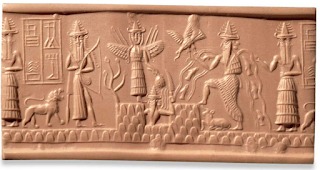






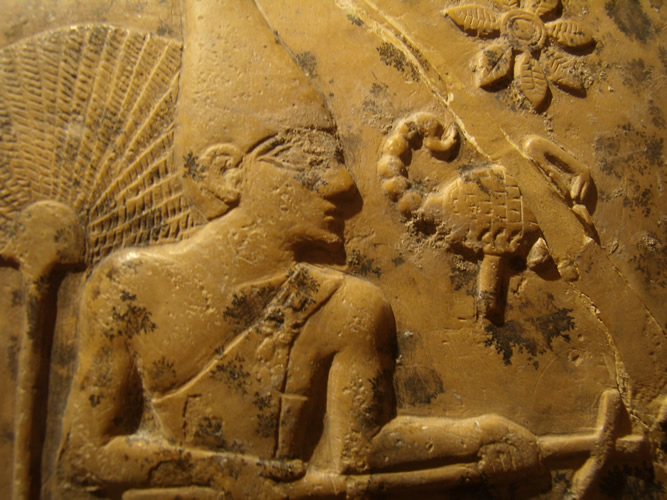


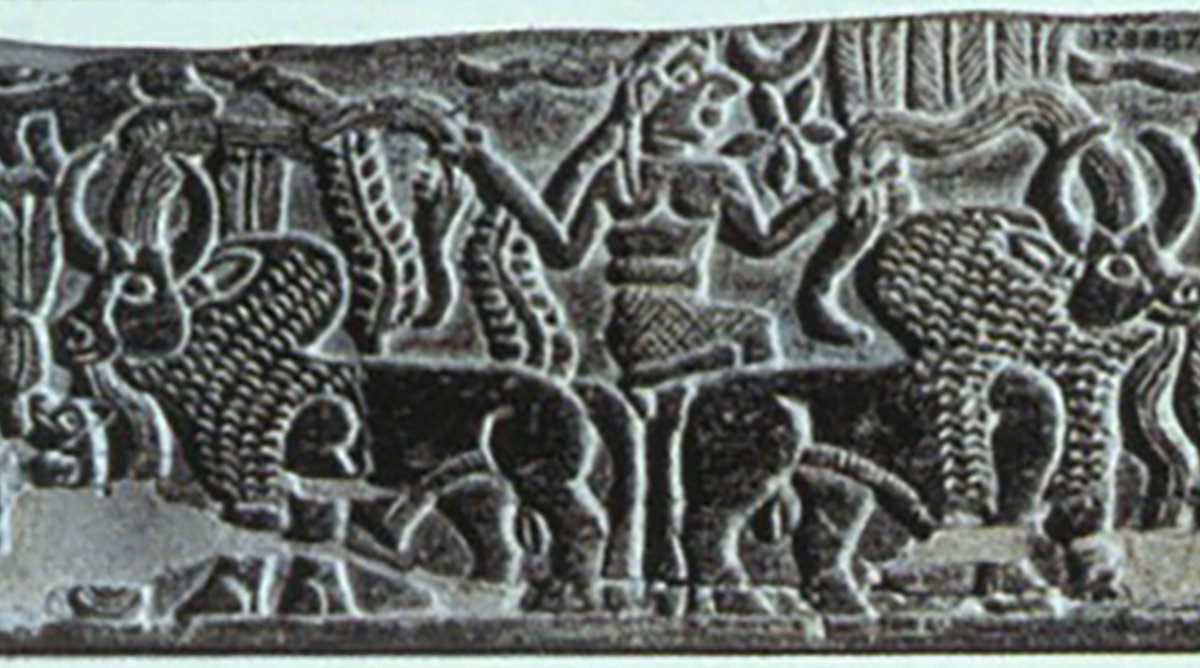


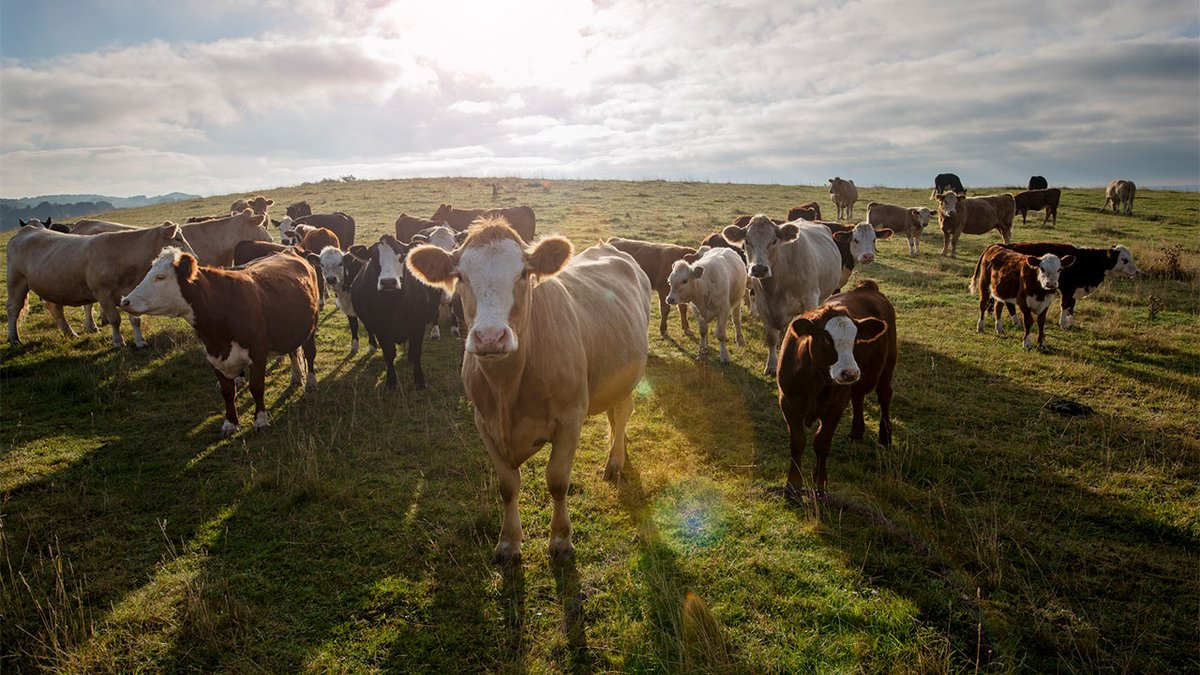

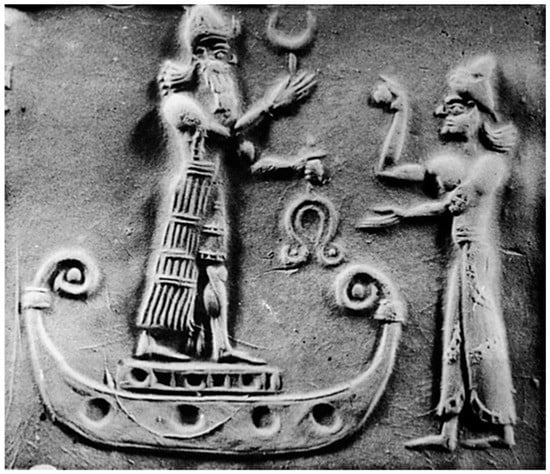















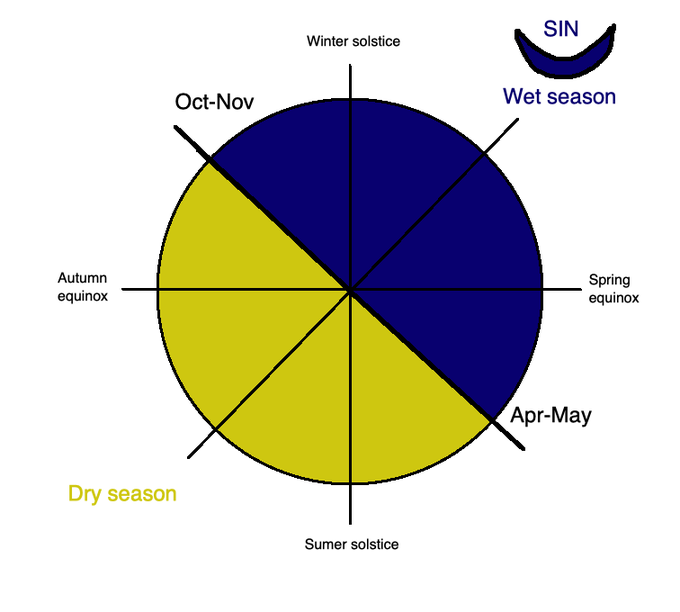
Zanimljivo.
ReplyDelete